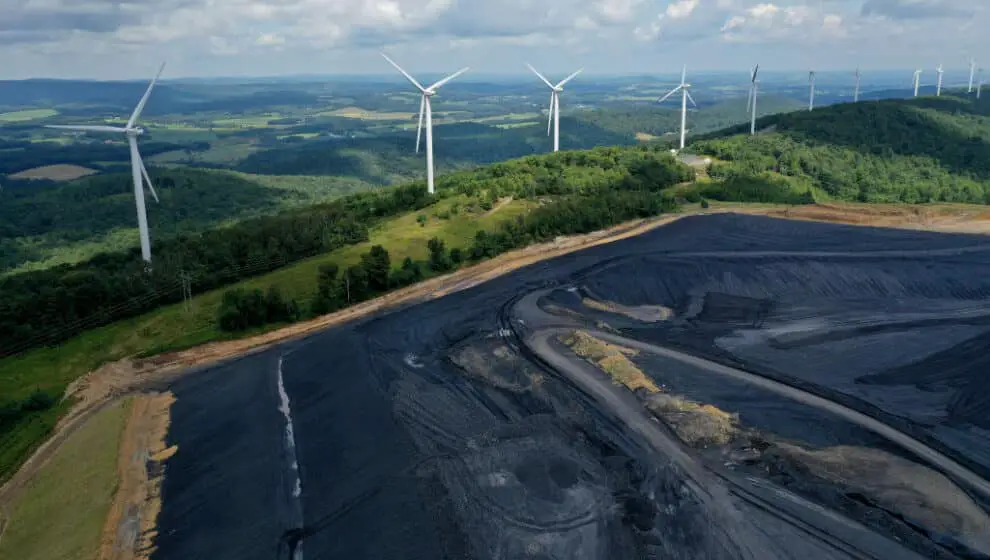Wind and solar are in the top 10% of global power generation for the first time, but increased energy needs have also increased coal production.
Key Details
- Wind and solar contributed record-breaking numbers to the global energy supply, but at the same time coal consumption rose.
- In 2021, wind and solar projects contributed 10% of the global demands for electricity.
- Despite renewable’s improved numbers, demand for energy also grew during 2021, resulting in increased use of coal and gas.
Why it’s news
An increase in wind and solar contribution to the energy supply seems like a big win for advocates of renewable energy. However, those numbers are somewhat deceptive as the demand for energy rose across the board and all energy production increased during 2021.
A report from BloombergNEF found that wind and solar contributed nearly 3,000 terawatt-hours of electricity. Energy from wind rose 6.8% and solar energy increased 3.7%. Just a decade ago, these two forces combined contributed less than 1% of electricity production.
Of all energy production, 39% was carbon free. Hydroelectric and nuclear power projects were able to contribute more than a quarter of global electricity demand.
Since 2017, wind and solar have contributed more and more energy to power grids.
Backing Up a Bit
As countries look to expand power grids and produce more energy, solar appears to be the top choice. Half of all global capacity added is attributed to solar power. More than 100 countries have installed at least one megawatt of solar capacity.
Energy needs are increasing, however. Following the pandemic energy demands rose 5.6%.
As supply chain disruptions coupled with high energy prices put pressure on countries to produce energy, coal has had a resurgence as an energy source. Coal plan production rose 8.5%. Coal accounts for around 36% of global energy production.
Despite currently being a popular energy source, coal production is not increasing at the same rates it once was. In 2012, 83 gigawatts of coal-fired capacity were added. By 2020, that number had dropped to 31 gigawatts. Just last year in 2021, only 13 gigawatts were completed.
Though the world saw an increase in carbon neutral energy, there was a 7% spike in global CO2 emissions in 2021.
